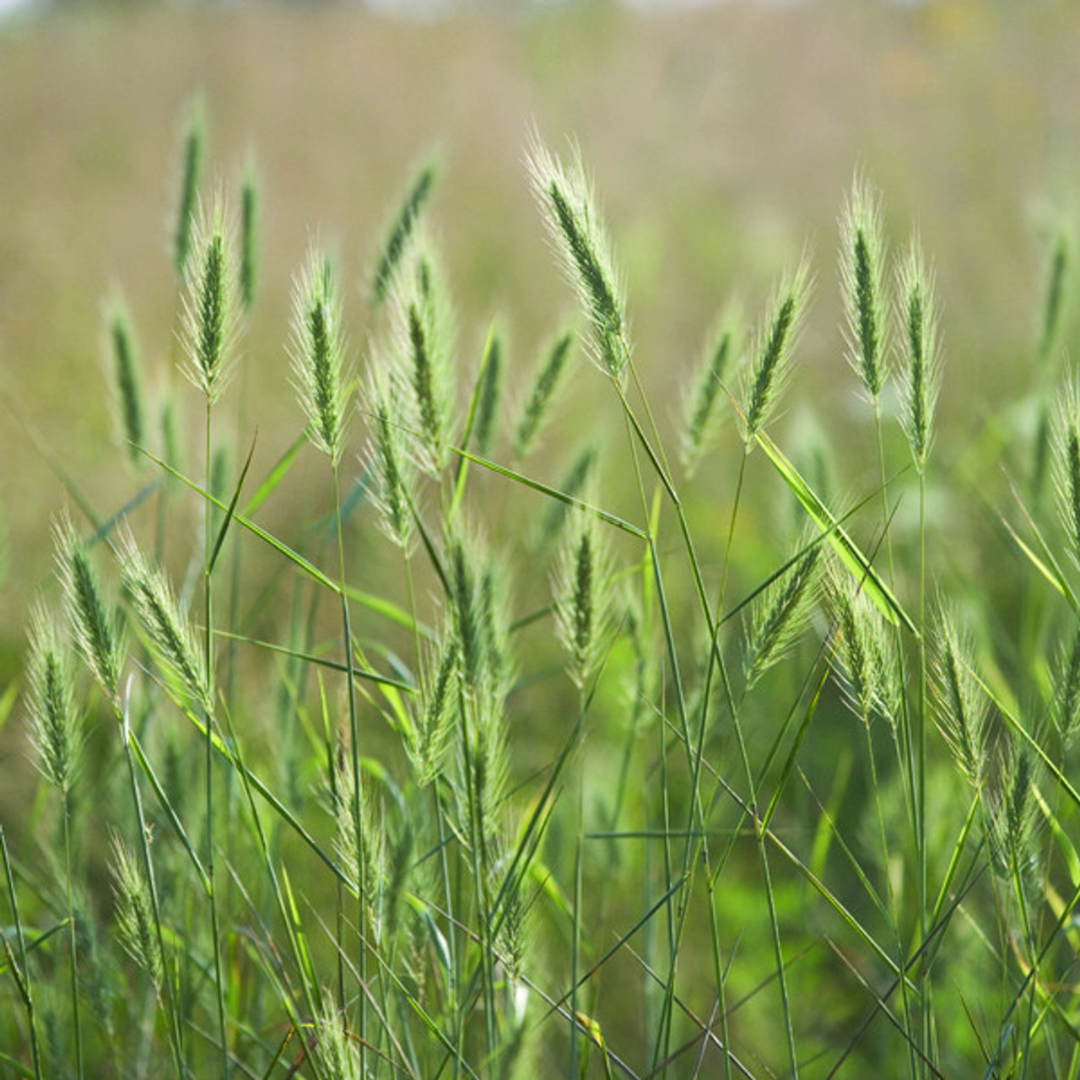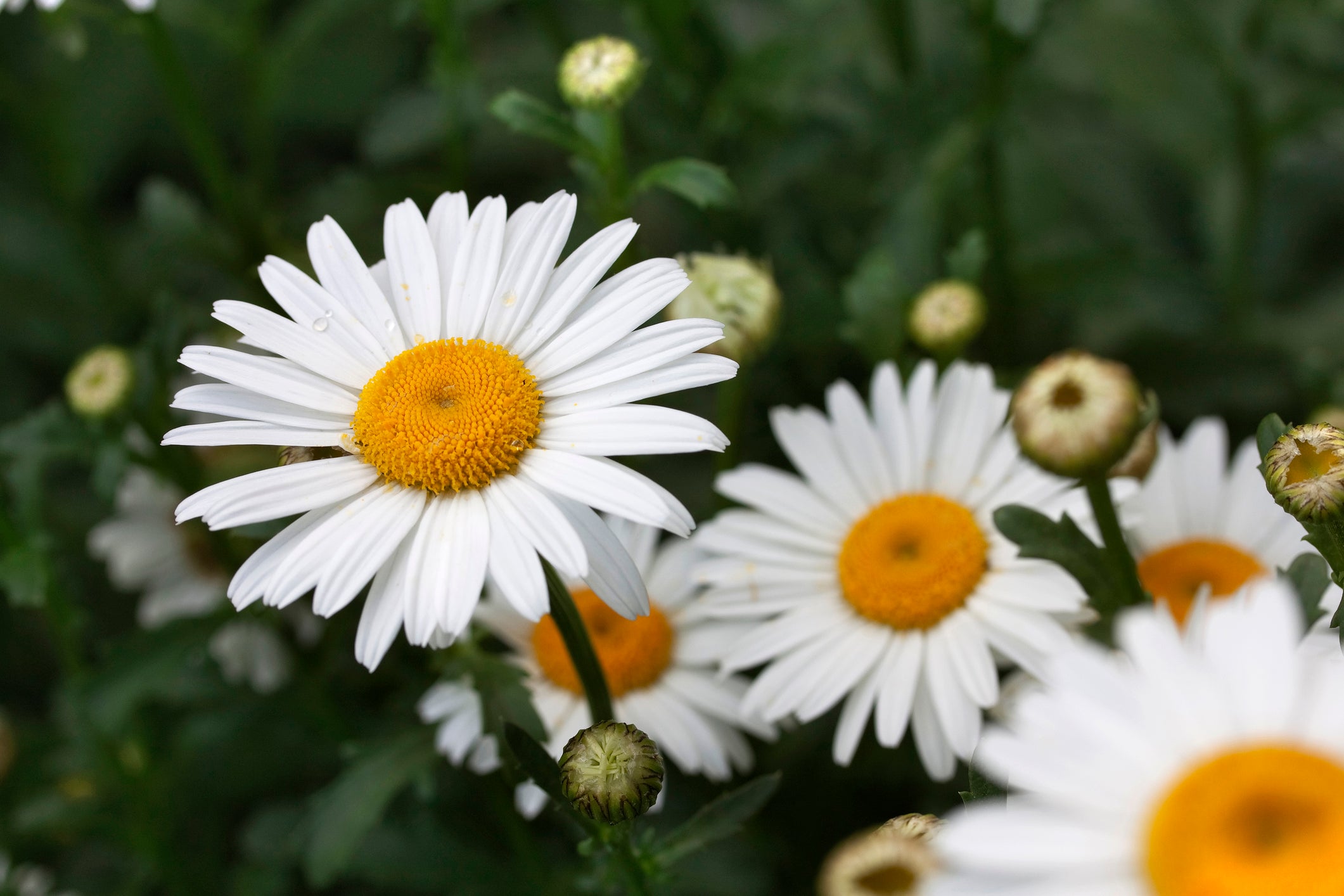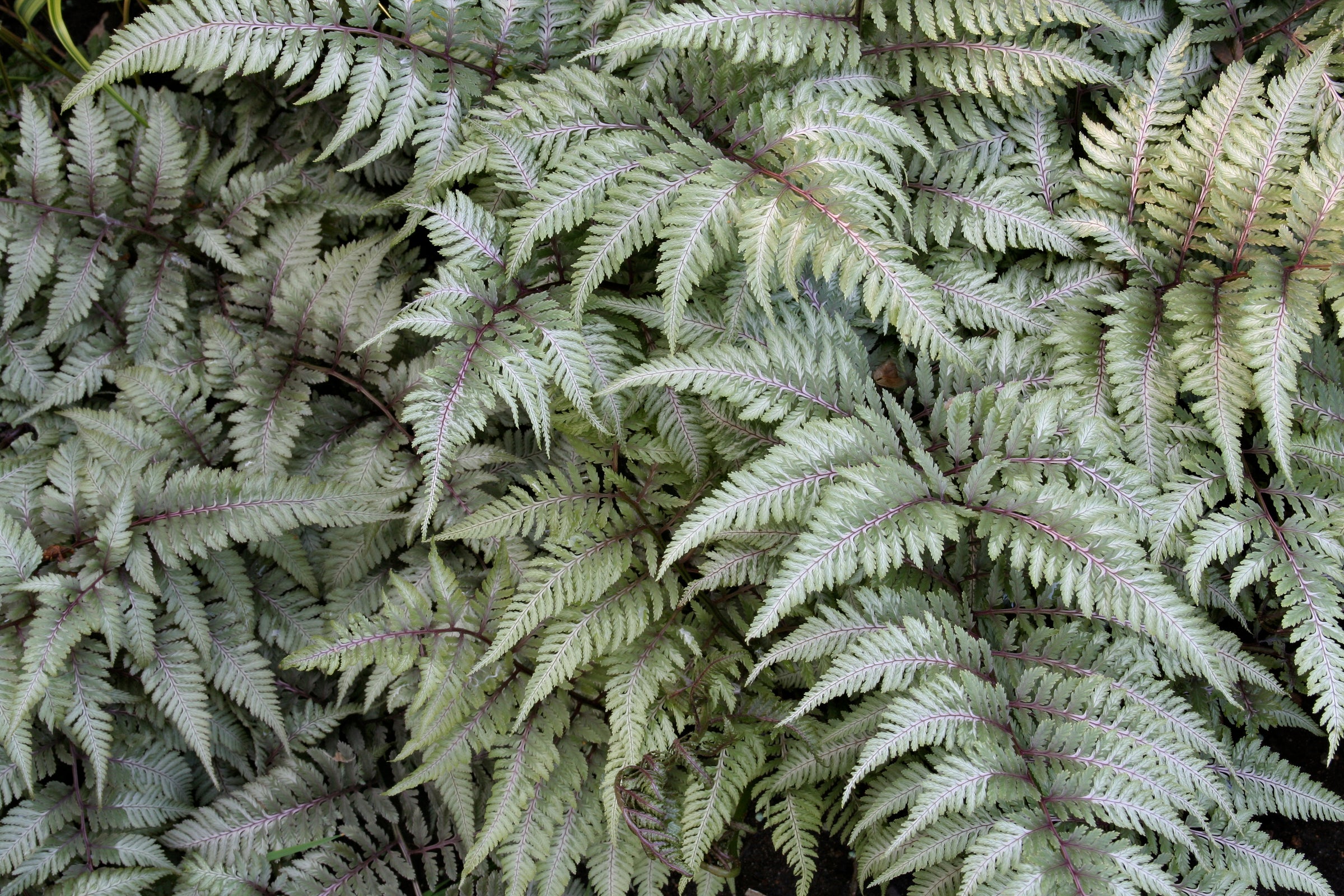
Elymus virginicus
Add to Wishlist Full Sun
Full Sun
 Partial Sun
Partial Sun
 Deer Resistant
Deer Resistant
 Native
Native
 Low Maintenance
Low Maintenance
- In stock, ready to ship
- Backordered, shipping soon
Elymus virginicus: Woodland Wild Rye
Tough, adaptable, and quietly ornamental, Elymus virginicus—commonly known as Virginia wild rye—is a native cool-season grass that brings arching texture and natural structure to sun and part-shade plantings. Its narrow, green blades form tidy clumps, while bristled flower spikes appear in early summer, shifting from green to tan as the season matures. With its tolerance for varied soils and light conditions, it’s a dependable backbone for naturalistic designs, meadows, and restoration projects.
Plant Characteristics:
- Height: 90–120 cm
- Spread: 45–60 cm
- Flower Colour: Green turning to tan seed spikes
- Flowering Period: Early to midsummer
- Foliage: Arching, medium green blades; semi-evergreen
- Sunlight Requirements: Full sun to part shade
- Soil Requirements: Moist to average, well-drained soil; tolerates clay and seasonal wetness
Uses and Benefits: Elymus virginicus thrives in meadows, rain gardens, woodland edges, and erosion-prone areas, offering a versatile and ecologically beneficial alternative to more ornamental grasses. It provides food and shelter for birds and beneficial insects, and its upright form adds structure without overwhelming neighbouring plants. A valuable choice for sustainable and native plant landscapes that require both resilience and grace.
Companion Plants: Pair with the bold late-season blooms of Aster novae-angliae, the cheerful golden flowers of Rudbeckia hirta, and the fine-textured, upright form of Sorghastrum nutans for a layered, sun-loving prairie planting with high wildlife value and strong visual rhythm.
Care Instructions: Easy to establish and low-maintenance, plant in full sun to part shade with moist to average soil. Water during extended droughts. Cut back in late winter or early spring before new growth appears. It may self-seed in naturalized settings; deadhead if containment is desired. Resistant to deer and tolerant of fluctuating moisture levels.
History: Native throughout much of eastern and central North America, Elymus virginicus is a foundational species in prairie and woodland ecosystems. Its durability and understated elegance make it a go-to grass for restoration and naturalized designs alike.
Final Thoughts: With its quiet resilience and ecological value, Elymus virginicus anchors the native planting palette—unassuming in bloom, essential in function, and always in tune with its surroundings.




